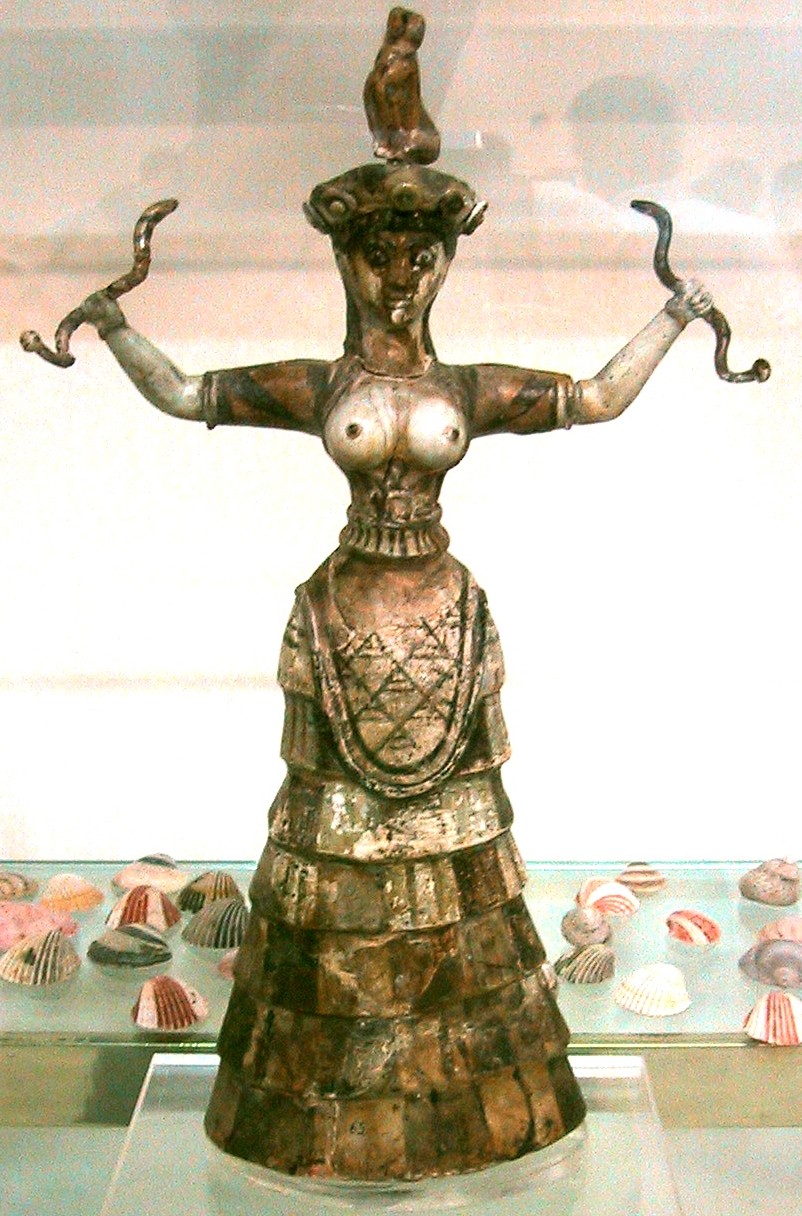giusto l'altro giorno ho postato su sosteniamoci uno stralcio della definizione di questo "stile di progettazione" ammesso che così possa essere definito, ed ecco che mi arriva in casella di posta uno scritto sul forum Architecture di CouchSurfing
quote
Matt Dravich posted this message to: architecture
always happy to hear people reading alexander!
he just published a new four volume book, which
appearently attempts to order everything, its not in
any of the librarys in vienna yet, and costs waaay
too much for me to buy, but if anyone has read it, i
would be interested in hearing about it. if your
interested in "participative architecture" you should
really have a look at jeremy till, who looks at it
from a more anthropological (or enthnographic)
standing. a friend of alexander named salingros ( or
something like that) just published a book (2004?)
called anti architecture and deconstructionism. rather
then a real offereing of alternitives it is more an
attack on current trends and mentality around
architecture, i think a lot of his logic is distintly
flawed (as well as at points having somewhat religous
overtones) but i still highly recomend it as an all
too rare alternitive view point.
as far as the actual use of patterns, i think this is
a bit of a simplified approach, alexanders backround
is in game theory to a large extent, and to generate
an outcome the imput must be limited by definition,
and that is simply not the way the world is, it is
infinitely complex. also his patteren theory has
limited goals as to the generation of the new, so in a
way the fundamental idea (for me) is a little stagnent.
when salingros attacks the disruption to society of
current architectural trends, he implies that
disruption is naturally unhealthy... and that seams a
little diffinitive for me... maybe i have just had to
much coffee...
regards
matt
strano come tutto torni. in definitiva, devo dare un occhio a questo Pattern language, ma soprattutto capire come si applica all'architettura. (okay, definisce i ruoli di ogni elemento, but then?












